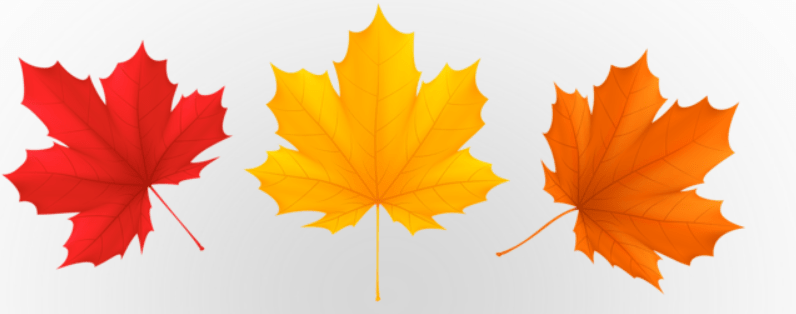Which food chain found on the Serengeti Plain is in the correct sequence from lowest trophic level to highest?
a) shrubs-gazelles-cheetahs-decomposers
b) shrubs-decomposers-cheetahs-gazelles
c) gazelles-decomposers-cheetahs-shrubs
d) decomposers-cheetahs-shrubs-gazelles
a) shrubs-gazelles-cheetahs-decomposers
A living component in an ecosytem.
Biotic factor
The power source of the hydrologic cycle.
the Sun
What is primary productivity?
The rate at which solar energy is converted into organic compounds via photosynthesis over a unit of time.
Which trophic level has the greatest amount of biomass?
1st trophic level
The factors that characterize terrestrial biomes.
What are annual temperature, precipitation, [and plant growth]?
An interaction in which one organism lives on or in another, often referred to as the host
Parasitism
The major reservoir of the nitrogen cycle.
atmosphere
What is net primary productivity?
The rate of energy storage by photosynthesizers in a given area, after subtracting the energy lost to respiration.
If 10,000 kcal of energy is available at the level of the producers, what is the amount of energy available at the level of tertiary consumers?
10 kcal
The 4 zones of the ocean.
What are intertidal, photic, aphotic, and benthic?
One species benefits while the other is neither benefited nor harmed.
commensalism
**FALL FOLIAGE TRIPLE**

This biogeochemical cycle has no atmospheric component.
phosphorus cycle
The NPP of an ecosystem is 1 kg C/m2/year, and the energy needed by the producers for their own respiration is 1.5 kg C/m2/year. The GPP of such an ecosystem would be
2.5 kg C/mr/year
Organisms occupying the same feeding position in a food web.
What is a trophic level?
Small inputs of this substance, commonly a limiting factor in aquatic ecosystems, can result in algal blooms and dead zones.
phosphorus
Two species living in a long-term association with one another where at least one species is benefiting from the relationship
Symbiosis
The two carbon cycle processes that exchange carbon in living things.
photosynthesis and cellular respiration
Which aquatic biome has the lowest net primary productivity, measured as kilocalories of energy produced per square meter per year?
Open ocean
** DAILY DOUBLE**

What is it called when a top-level predator is removed from an ecosystem, and there is a ripple effect throughout the ecosystem?
Trophic cascade
The characteristics that define aquatic biomes.
What are salinity, depth, and water flow?
When species use limiting resources in different ways, places, or times to reduce competition.
resource partitioning
The process in which atmospheric nitrogen is converted into a form of nitrogen (primarily ammonia) that is available for uptake by plants.
nitrogen fixation
The 3 factors that impact net primary productivity.
What are water availability, temperature, and nutrient availability?
What do the first and second laws of thermodynamics state?
1. Energy cannot be created or destroyed.
2. When energy is converted from one form to another, a less useful form results (energy quality). Energy cannot be recycled to a higher quality.